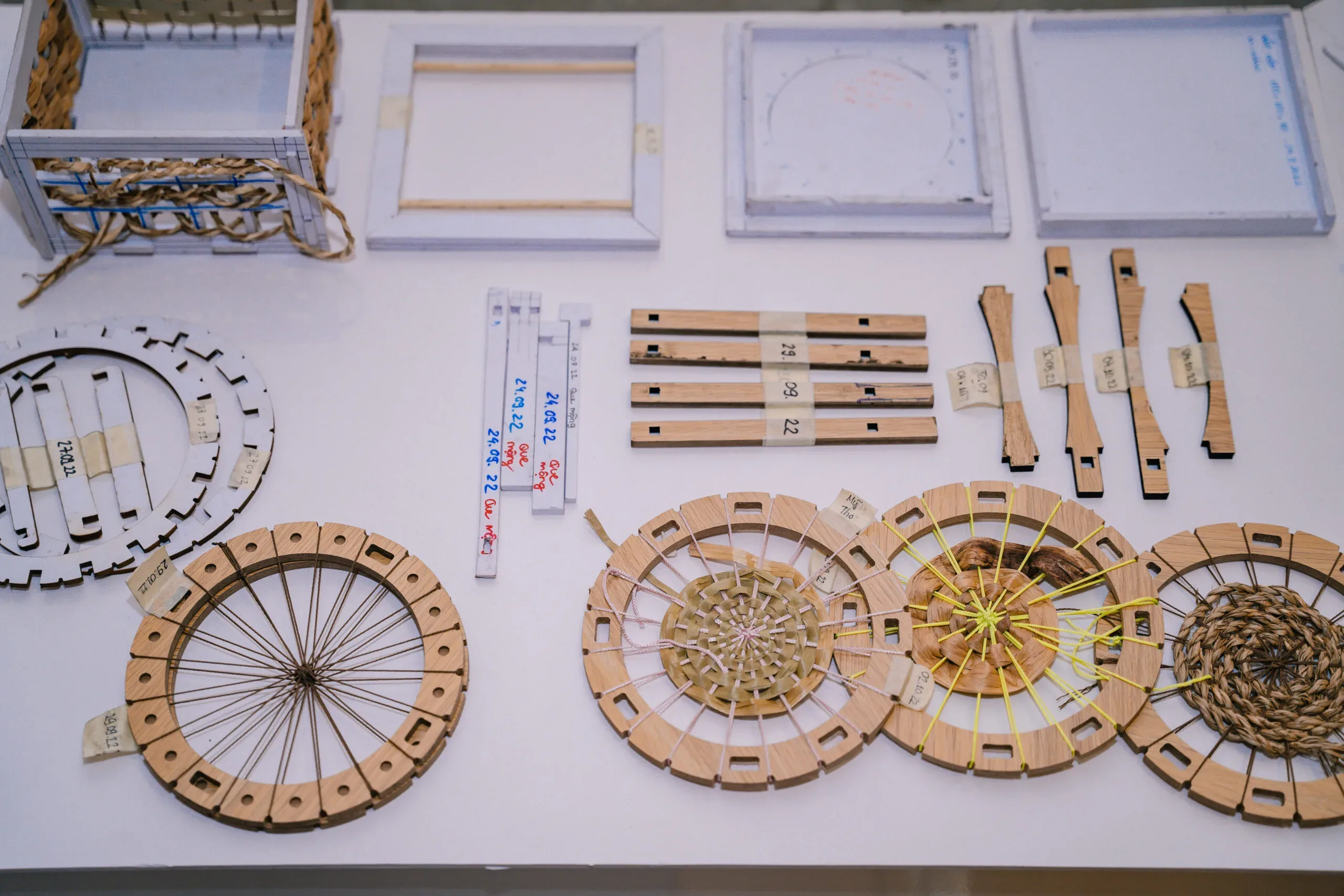Data archiving and systematisation are crucial to any project or organisation in their research, knowledge sharing and learning. Archiving is also a mission of Vietnam Festival of Creativity & Design’s interest. Within its capacity, for each edition, VFCD strives to create a “storage” of data for building and developing the creative community in particular, and as a source of academic knowledge for the public in general.
Difficulties in seeking archive sources
As a creative practitioner, Bùi Bảo Trâm (a member of the creative pair of VFCD 2022 – Insomaniaction Collective – a group that also aims to establish a creative archive in the future) has spent no little time facing the challenges in acquiring old data: “A lot of information is archived online for easy access, but its credibility and authenticity are not great. I have to look for multiple sources and contact experienced researchers for verification.” – said Trâm.
Another challenge, in reality, is data copyright. The creative pair of The Sun Lab – Nguyễn Huyền Châu (who is looking to create an online archive of patterns for their project Sống – Living) also faced difficulties accessing and sharing weaving patterns from craft villages. As the techniques to treat fibres are different from place to place, it is easy to understand that artisans are concerned about having their craft ‘copied’ or ‘stolen’, although the act of sharing could bring great benefits in the future.
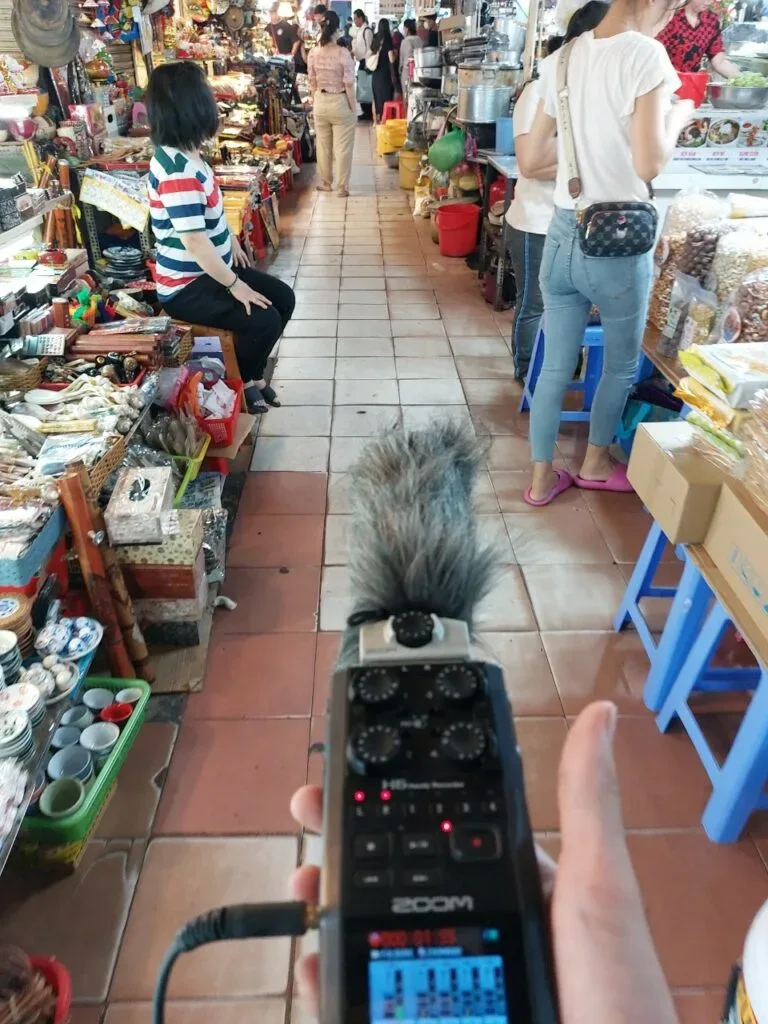
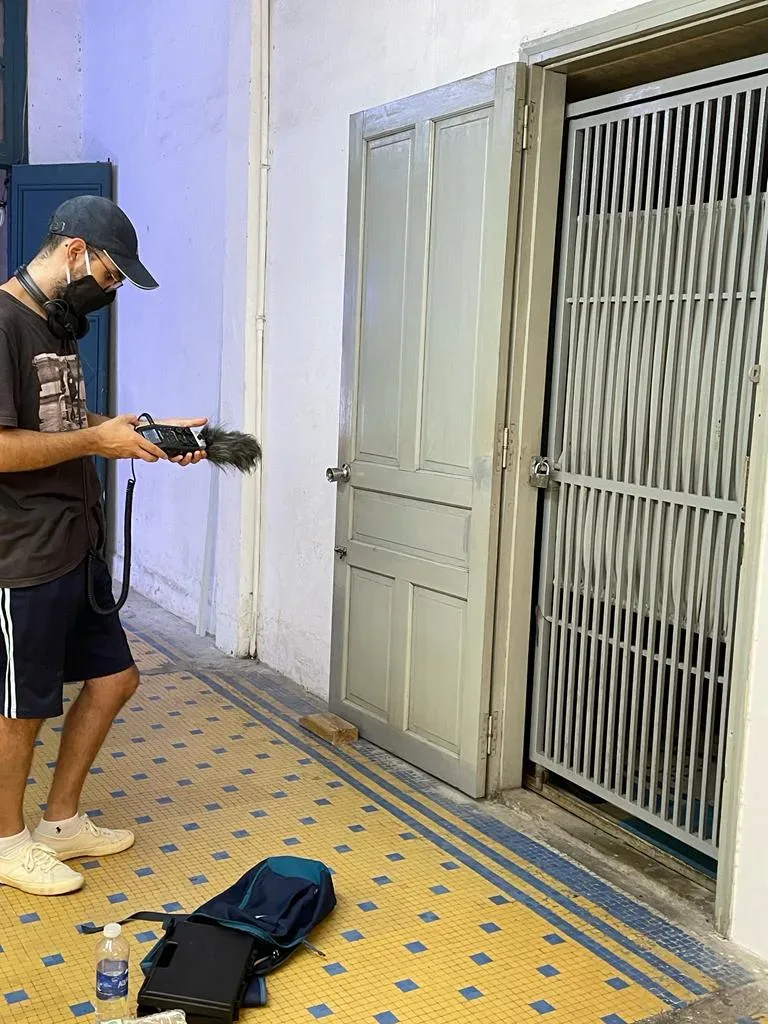
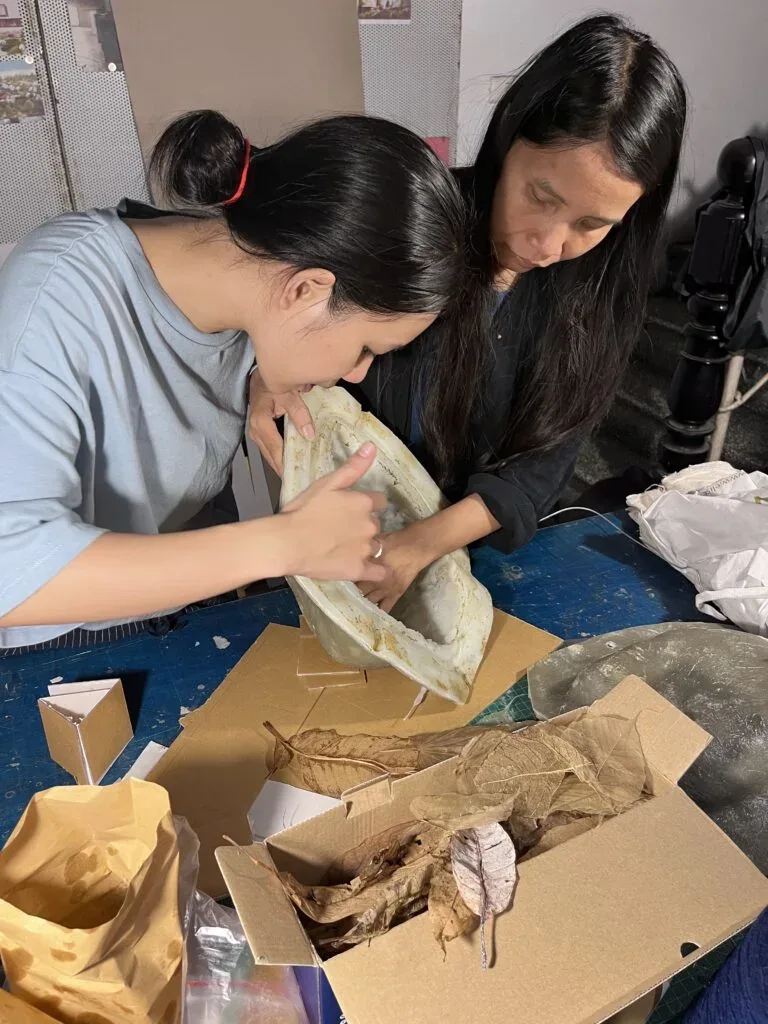
Creative pairs worked and archived data from their projects in the Creativity Challenge Playground – VFCD 2022.
More fortunate than these two teams, the creative pair of Officine Gặp and HUM, while working on their project Crafting a Sonic City, found a free, usable, high-quality archive of sounds from cities around the world, including Hanoi and Saigon. This audio archive is created by a foreigner, and has become a great source of inspiration for the team. “If a certain sound will disappear from our archive in 10 years, it might mean that something that was part of the city’s identity has disappeared. I think that it is far more interesting and relevant to see the act of ‘archiving’ as the possible re-exploration of something rather than the systematic and obsessive collection of everything” – said Afra Rebuscini, a representative of Officine Gặp.
In fact, a detailed and comprehensive data archive is the dream of numerous artists and individuals not only in the creative industries but also in other professions. This would not only be an enormous information storage for visitors to access the artworks and accurate information, avoiding the case where ‘a tale never loses in the telling’. Furthermore, databases can also be used for research and evaluation of impact, helping viewers see the transformation of things, documenting relevant information for an easier user search experience, and issuing necessary warnings to avoid risks or dangers… From that point, “old” data has the ability to bring “new” ideas to creatives, while saving a large amount of time, effort and finance for all.
Speaking about this matter, Bung Trần, Chairman of AI Education Group and member of VFCD 2022 consultant committee said: “The information technology industry considers data ‘the new petroleum of the economy’, and that is the reality”. To him, data is the ingredient for the next generations to inherit and develop from what the previous has built. It is also an important element in copyright and intellectual property. In addition, archiving done well is also an opportunity to preserve and restore the vanishing cultural elements.
With such importance, archiving is indispensable, whether you are working on a small, non-professional project or a large, world-class one. It is because “archiving creates history, history creates the future” – said journalist Trương Uyên Ly, Director of Hanoi Grapevine and member of VFCD 2022 consultant committee.
Start with one
In fact, in Việt Nam, archiving and systemising data for creative arts has just begun to receive attention and has not yet formed an extensive network. There have been a handful of individuals, collectors and organisations in arts and creativity with a long-term vision who have been focusing on archiving since years ago, however, these archives are scattered and not well-known to the public. “Hard” data (that is not yet digitised) is still immense, which often takes people substantial efforts to seek. For example, TPD Centre for the Assistance and Development of Movie Talents (Vietnam Cinema Association) has an archive of up to 1500 official films, along with hundreds of short stories and documentaries… produce by the young generation of Vietnamese, which are all completely free for all who want to research or watch. However, if you’re not in Hanoi, it is not an easy feat to access this huge library.
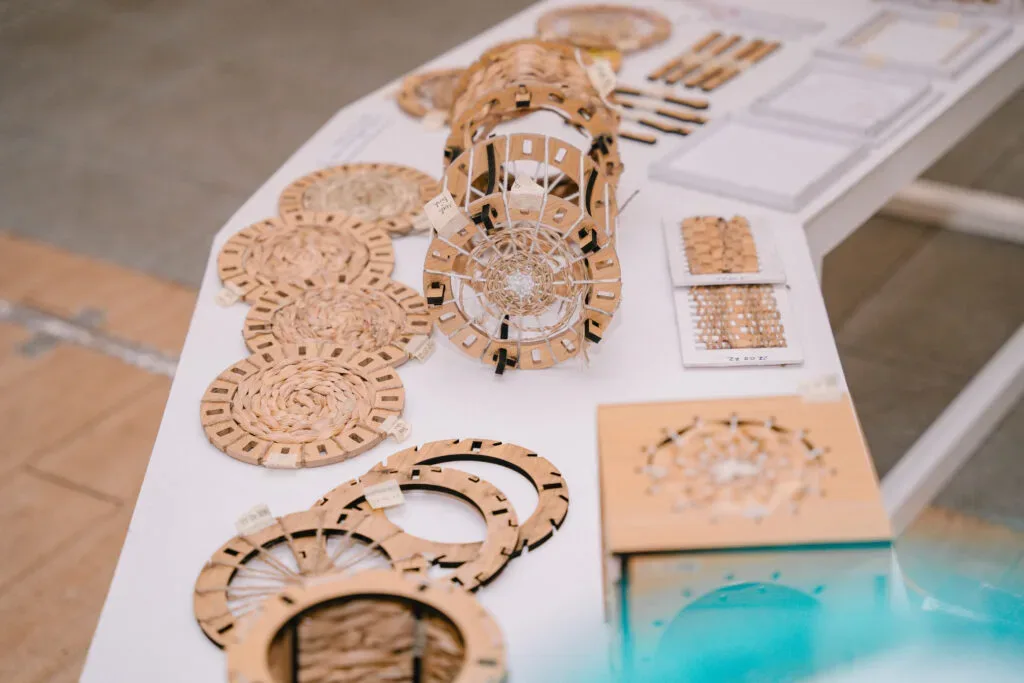
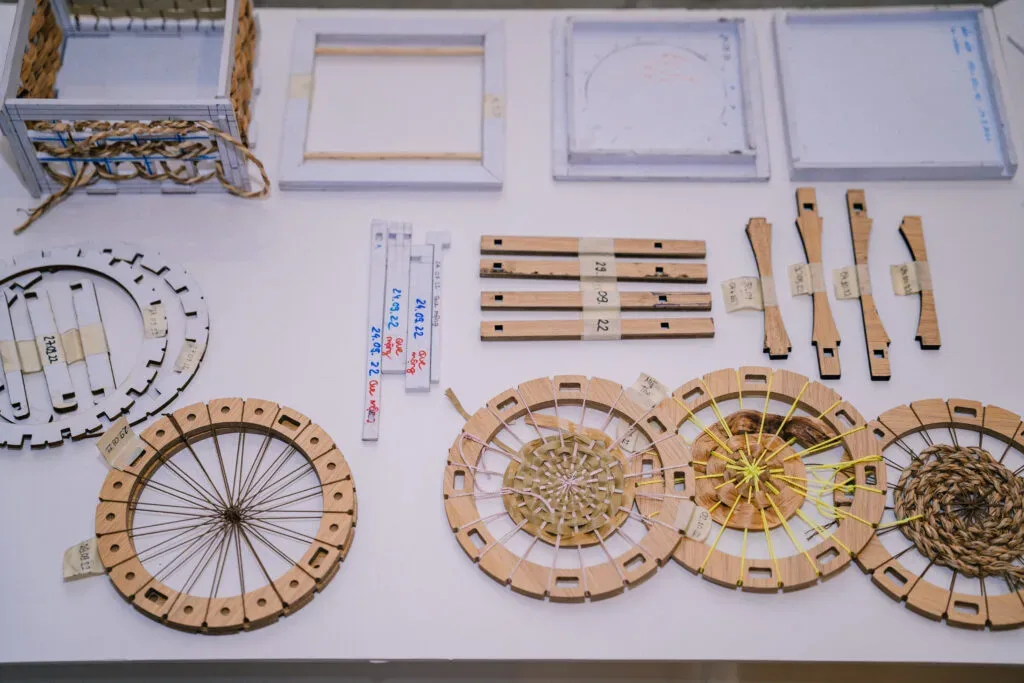
A prototype by the creative pair of The Sun Lab – Nguyễn Huyền Châu. It is evident that they are aware of archiving, which was reflected in how they take notes of the time and photograph products throughout the process. Photo: The Sun Lab
Hanoi Grapevine is also often mentioned whenever someone needs information about contemporary art events in Vietnam since the late 2000s until now. This website has information on numerous big and small events, some of which were analysed and compiled through a contemporary perspective of reputable writers. However, since its establishment, Hanoi Grapevine remains the work of a small, “self-sustaining” group of people, lacking substantial resources to deliver a more comprehensive and complete archive.
However, in reality, before waiting for a national-scale system of archives, perhaps each creative needs to “do their thing” first. Like how art researcher Vũ Huy Thông (Institute of Fine Arts – Vietnam University of Fine Arts) regularly attends contemporary art events, taking photos and notes, organising those documents and sending them to the Institute, even though this task has no remuneration and is not mandatory. Or how those with better resources build private archives of great value. For example, Natalia Kraevskaia’s private collection currently has 8,300 records of contemporary art, of which 4,992 have been introduced online; archiving numerous images, artist profiles and statements… All of which was collected with her own budget from 1990 to today [1].
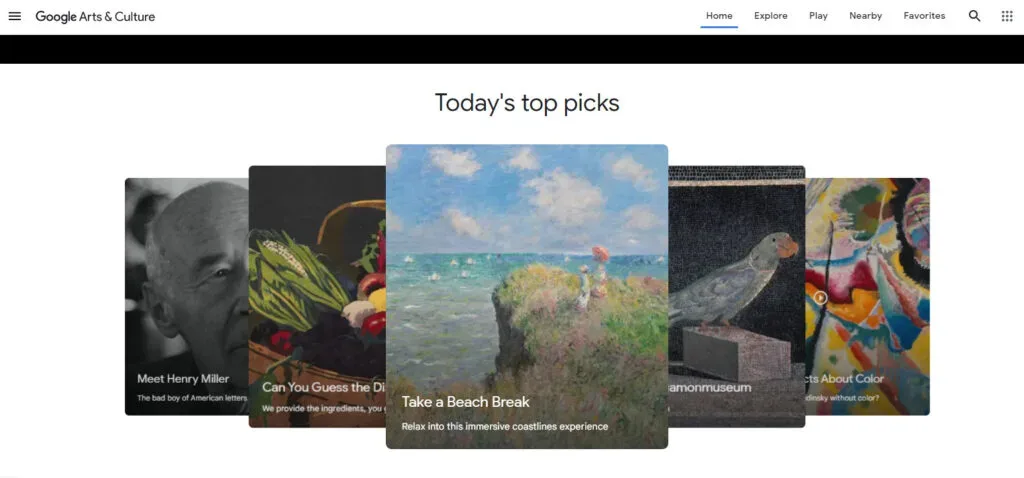
An example of an excellent individual archive is that of the creative pair The Sun Lab – Nguyễn Huyền Châu in the Creativity Challenge Playground – VFCD 2022. Right from the beginning, the team has a system for storing meeting minutes with detailed notes on the changes to the products throughout the process, alongside references and images of the materials with their own codes… Nhật Khánh (from The Sun Lab) said that in her everyday projects, she would store and update information on the materials in images and 3D form for rendering each day, as it will save time in case redoing is needed and the consistency is also better. With this method, the group could compare or review their work for lessons learnt when necessary.
Similar to The Sun Lab, Bung Trần and Danh Nguyễn (members of the VFCD 2022 consultant committee) also have the habit of storing everything about their projects online or offline devices, such as hard drives or Google Drive… in a way that allows easy and secure access for project members. “Even if these creative ideas are not realised immediately, as creativity is a process, maybe when the time is right, the ideas that have been abandoned will turn into valuable assets.” – said Bung.
As for VFCD, with each edition, a database of contacts, creative projects and media production is formed. The festival’s YouTube page is full of videos recording the talks and seminars with multiple speakers taking place that year. On the official fanpage, visitors can easily rewatch their favourite events that VFCD has broadcast live. These replays and livestreams, although costly in terms of both financial and human resources, are absolutely essential, because each year, the “collection” of conversations, interviews, and creatives who have been collaborating with VFCD is expanding. Over time, VFCD will become a valuable archive of the Vietnamese creative scene. A major part of that database is in-depth information extremely valuable for creatives and young people who want to pursue a career in this field.
Although there remains much confusion in the practice of archiving and a lack of numerous elements to “dream” of a coherent archive system like developed countries, while waiting for enough potential, each person can do their part. So that when a private organisation or major government project could build that system, the information will still be there, more logical and complete.
